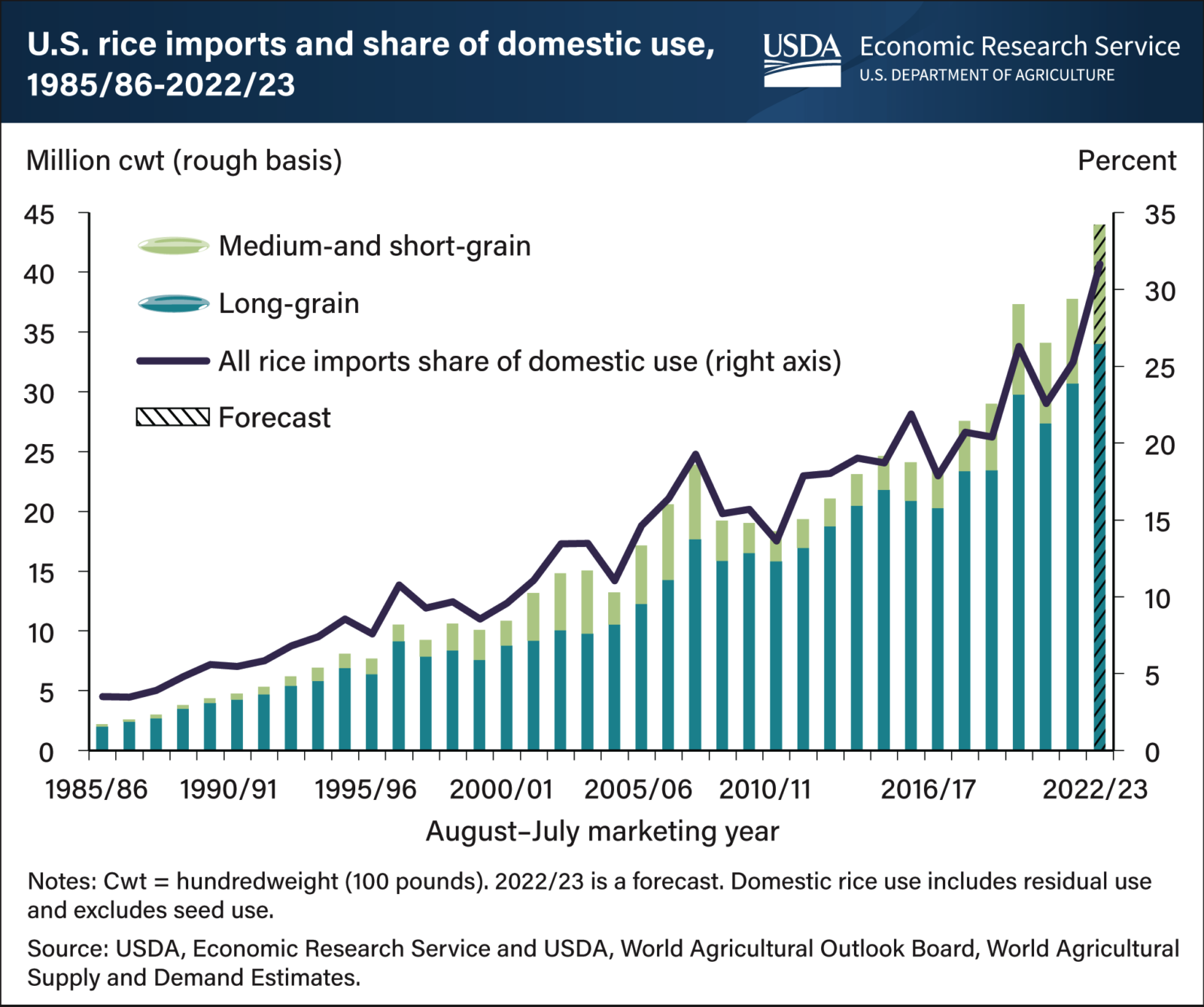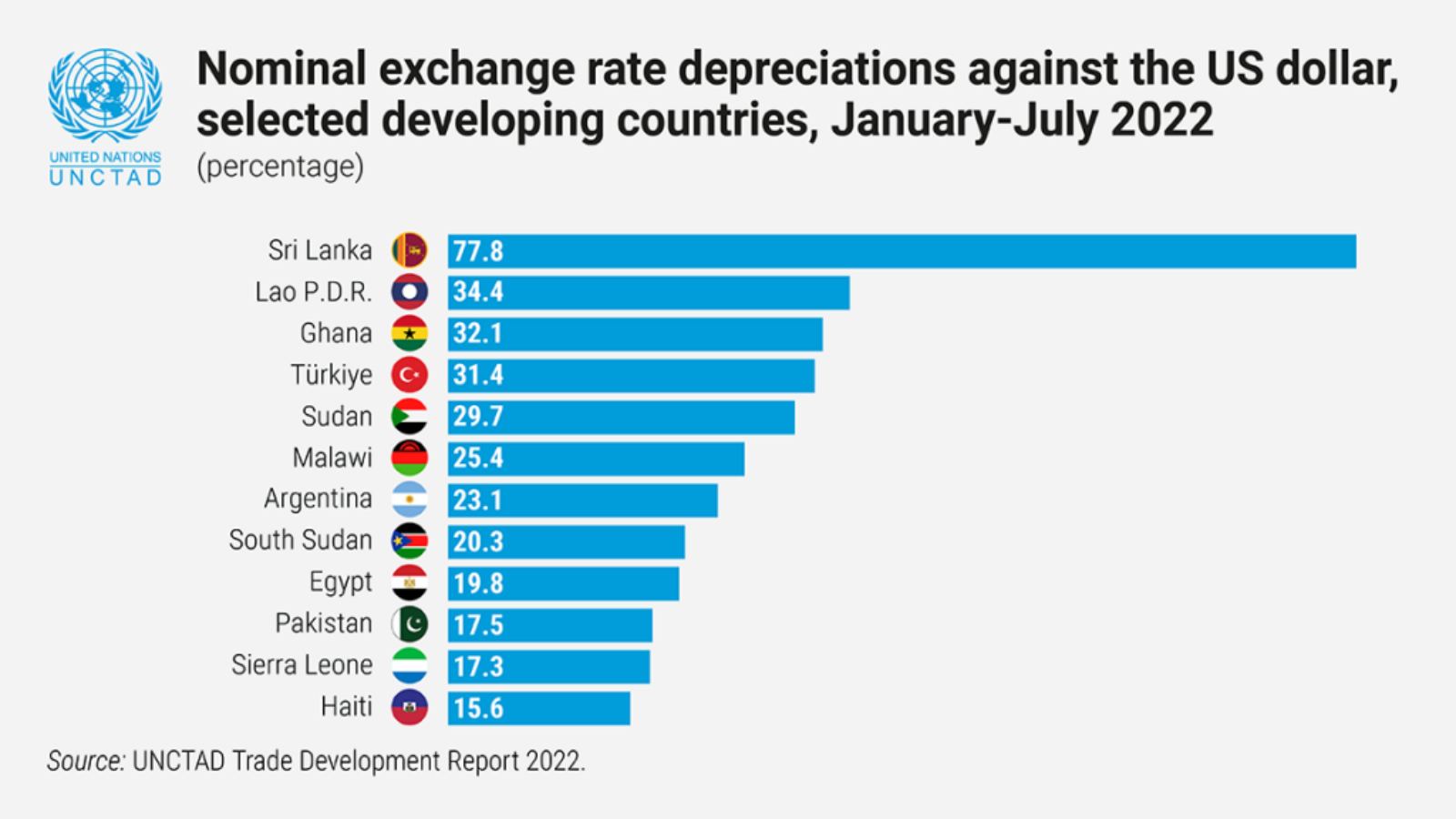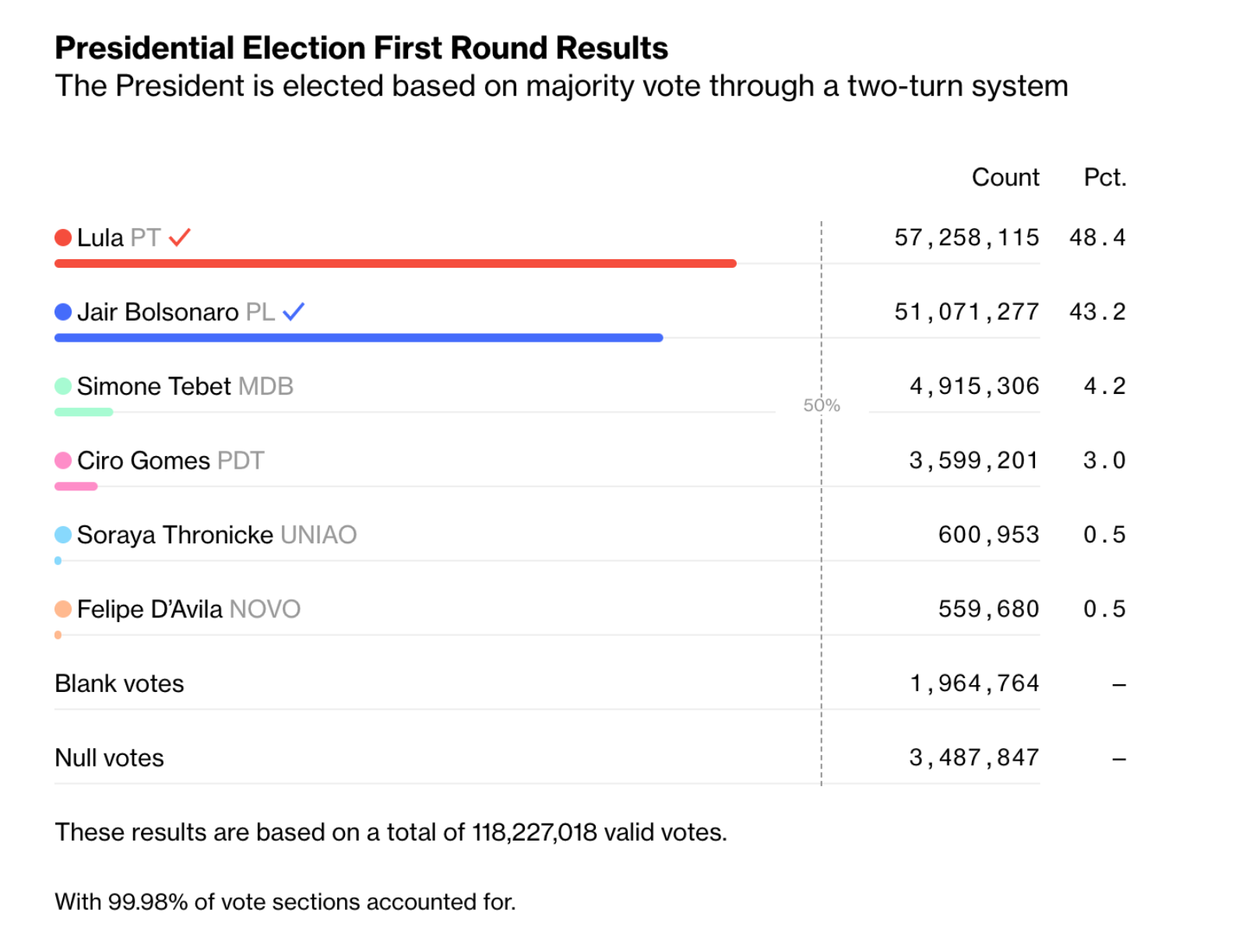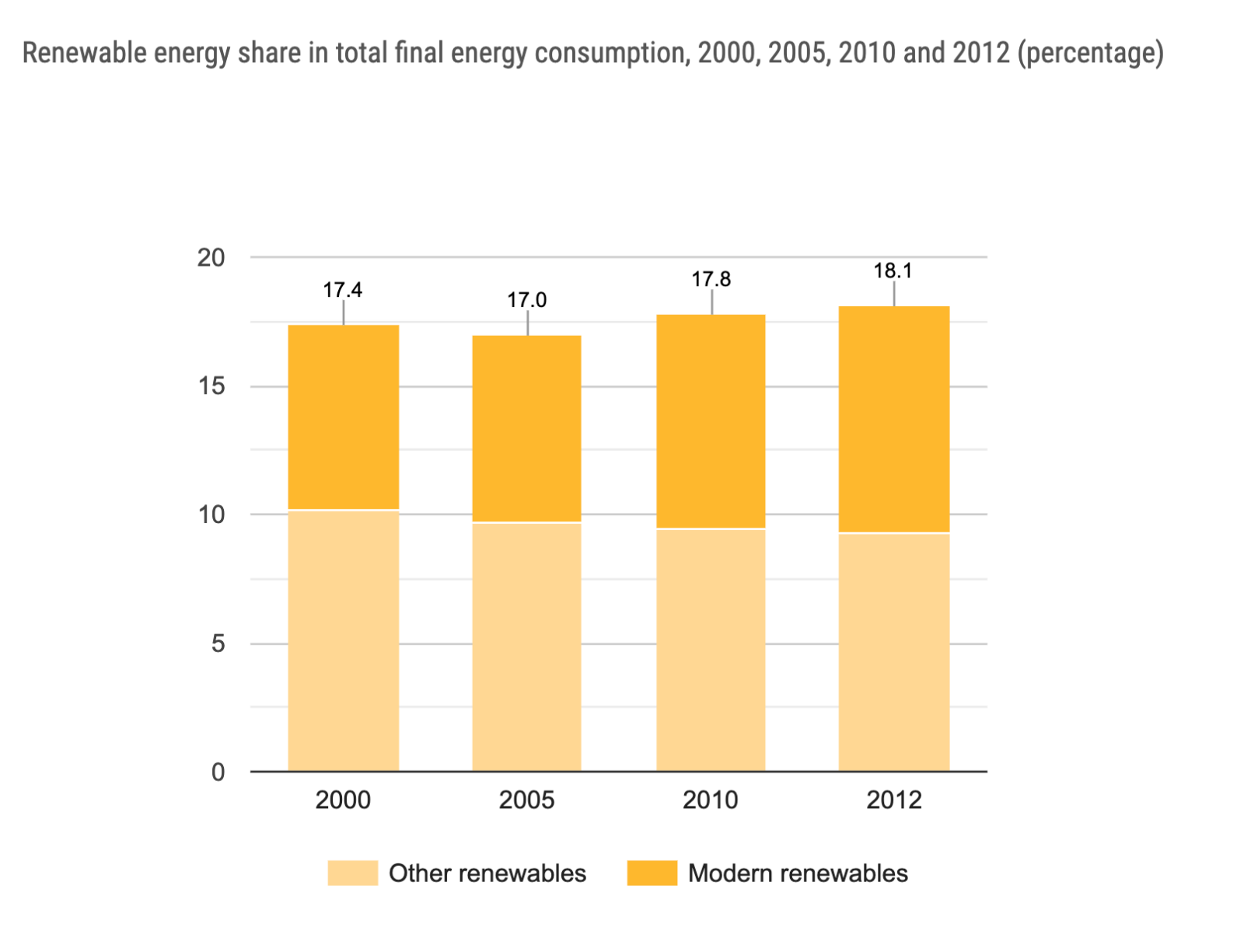Drought Drives US Rice Production Down, Imports Up

Rice imports into the U.S. are projected to reach a record high this year after drought and water shortages in California cut down the rice harvest.
California typically produces about one-fifth of U.S. rice. The Sacramento Valley is the largest rice-growing region in California, but extreme drought has led farmers to plant less than half the amount of grain as usual. In some western counties, rice acreage fell by as much as 85% compared to 2021. The U.S. Department of Agriculture projects that California will lose 38% of its rice crop in 2022, compared to last year.
U.S. rice imports for the 2022/23 marketing year are expected to rise 14% over last year and reach the record high volume of 44 million hundredweight. Imported rice is also expected to make up 32% of rice use in the U.S., the highest share on record. A combination of factors has led to the rise in rice imports. In addition to the drought, a growing consumer preference for Asian aromatic rices, like basmati and jasmine rice, has led to increased imports from places like Thailand, India and Pakistan. U.S. rice exports were down 16% in the first half of this year, compared to 2021.






